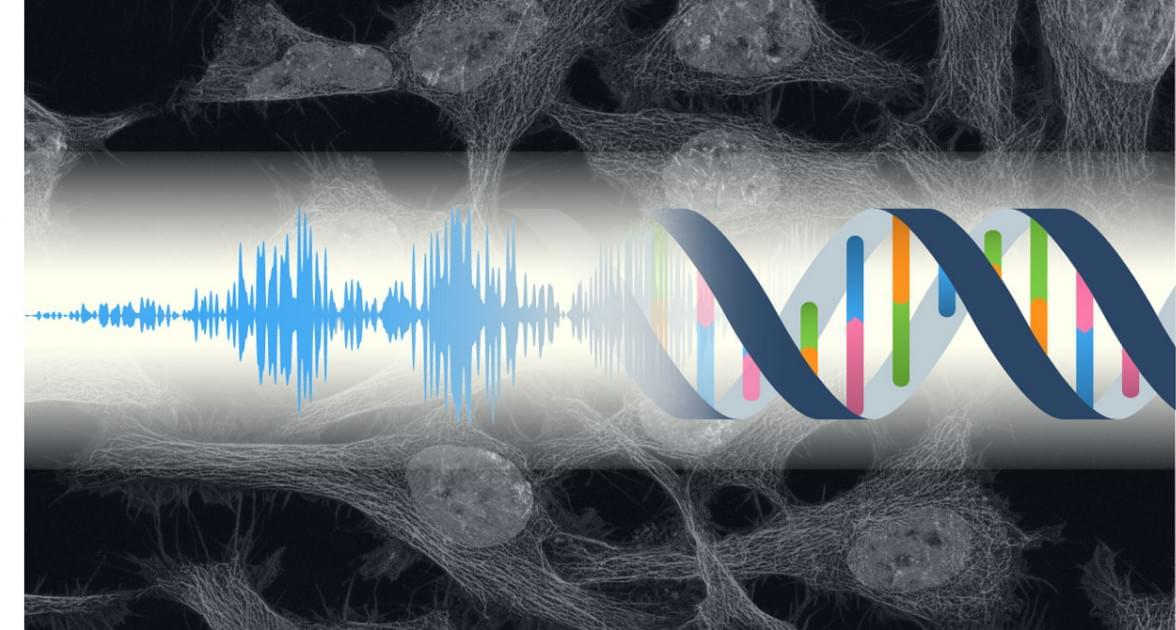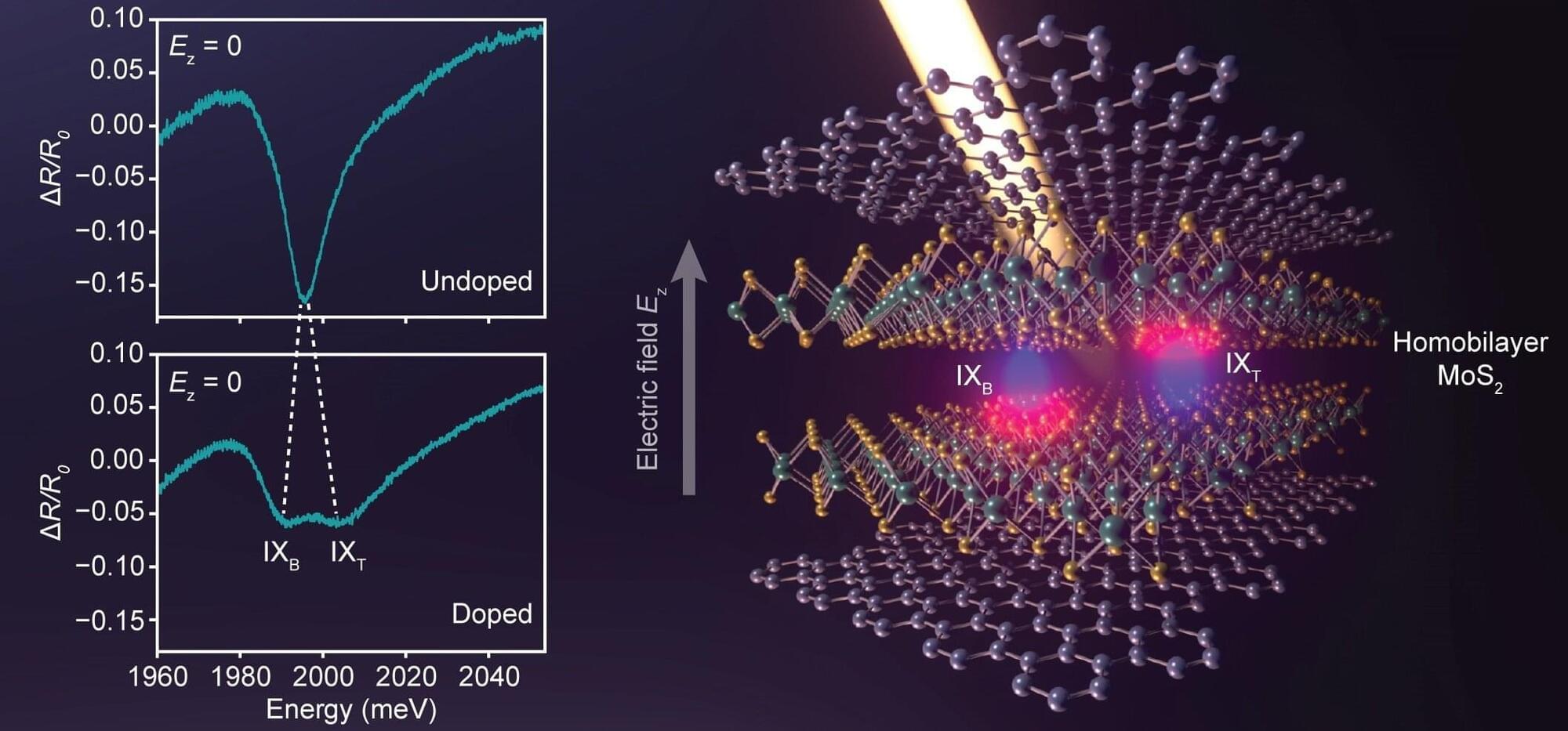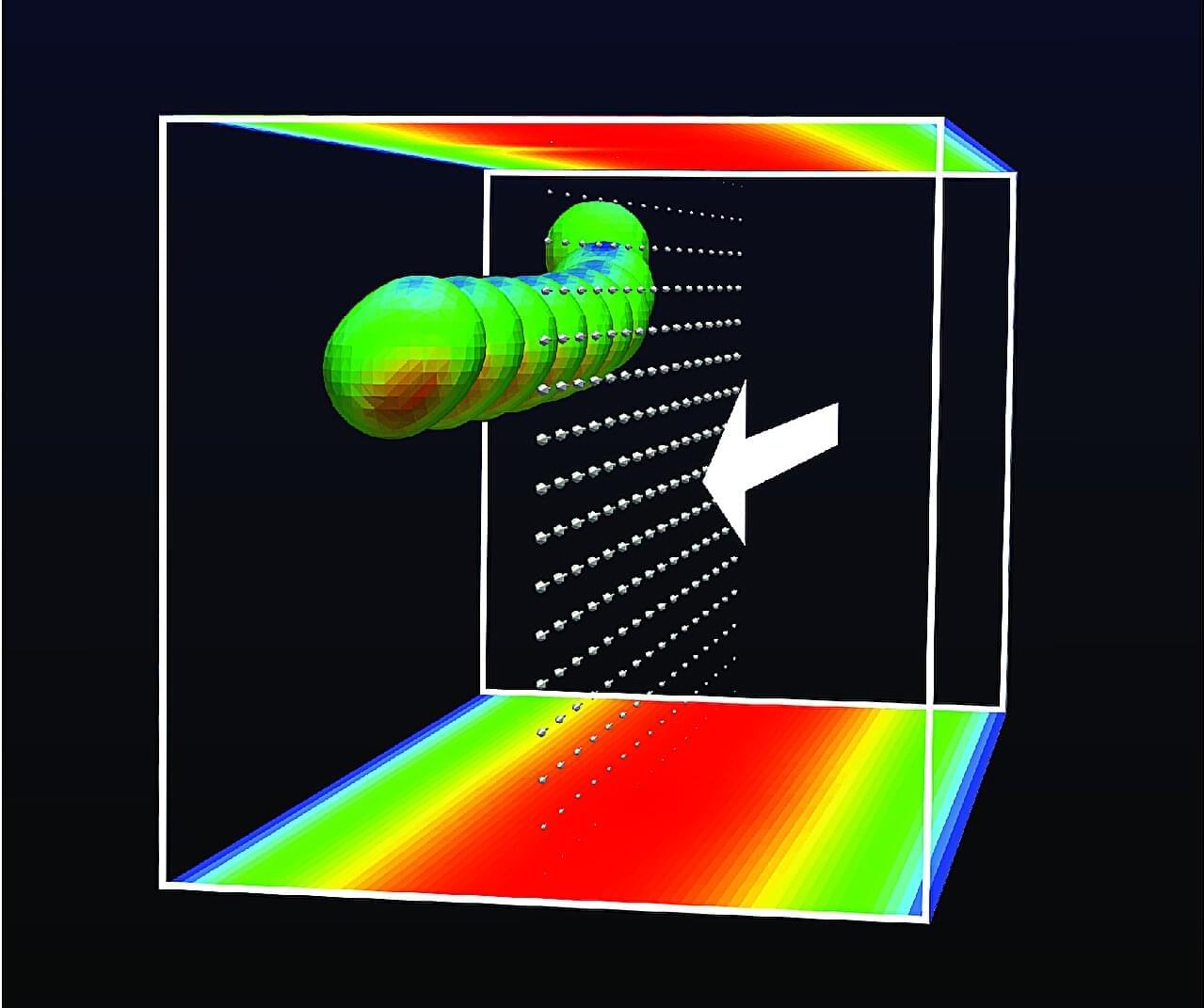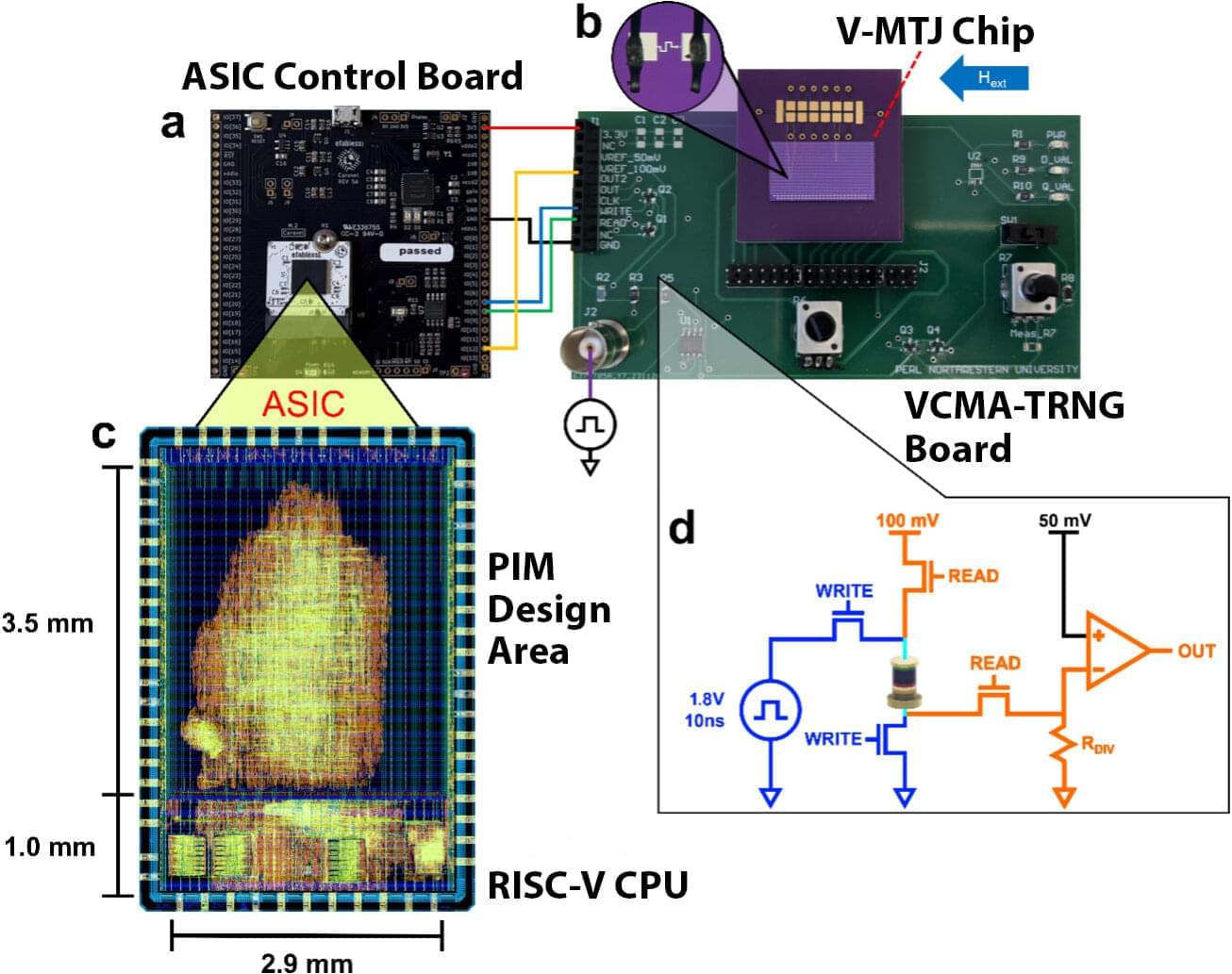A new study from Rice shows how to turn data center waste into power.






Excitons, bound states between an electron (i.e., a negatively charged particle) and a hole (i.e., the absence of an electron) in materials, are a key focus of condensed matter physics studies. These bound states can give rise to interesting and uncommon quantum physical effects, which could be leveraged to develop optoelectronic and quantum technologies.
Over the past few years, physicists have observed a particular type of excitons, known as interlayer excitons, in various materials with two layers (i.e., bilayer materials). An interlayer exciton is a bound state between an electron and a hole that reside in two different layers of a material.
Researchers at Harvard University and other institutes recently observed an unconventional hybridization between interlayer excitons in a bilayer semiconductor, comprised of two layers of molybdenum disulfide (MoS₂).
A decades-long scientific debate over the origins of the Silverpit Crater in the southern North Sea has been resolved. New evidence confirms that it was caused by an asteroid or comet impact about 43–46 million years ago.
A team led by Dr. Uisdean Nicholson from Heriot-Watt University in Edinburgh used seismic imaging, microscopic analysis of rock cuttings and numerical models to provide the strongest evidence yet that Silverpit is one of Earth’s rare impact craters. Their findings are published in Nature Communications.
The Silverpit Crater sits 700 meters below the seabed in the North Sea, about 80 miles off the coast of Yorkshire.

The neutral atom array architecture for quantum computing has been rapidly advancing over the last several years, and a recent study published in Nature has just revealed another step forward for this technology. The team of Harvard researchers involved in this study have engineered a 3,000-qubit neutral atom array system capable of operating continuously for more than two hours, which goes far beyond typical trap lifetimes of only about 60 seconds.
Typically, neutral atom array systems arrange neutral atoms, like rubidium, in an array using highly focused laser beams, called optical tweezers. The individual atoms are arranged and held under vacuum conditions and then used as qubits to perform quantum computing and other operations. However, the procedure results in the loss of some atoms.
“An outstanding challenge associated with these systems involves atom loss, originating from errors in entangling operations, state-readout, and finite trap lifetime. Atom losses necessitate pulsed operation which limits the performance of these quantum systems, including the circuit depth of quantum computation, accuracy of atomic clocks, and the rate of entanglement generation in quantum networking protocols,” the study authors explain.

Dark matter remains one of the biggest mysteries in fundamental physics. Many theoretical proposals (axions, WIMPs) and 40 years of extensive experimental searches have failed to provide any explanation of the nature of dark matter.
Several years ago, in a theory unifying particle physics and gravity, new, radically different dark matter candidates were proposed: superheavy charged gravitinos.
Now, a paper published in Physical Review Research by scientists from the University of Warsaw and Max Planck Institute for Gravitational Physics shows how new underground detectors, in particular the JUNO detector starting soon to take data, even though designed for neutrino physics, are also extremely well suited to eventually detect charged dark matter gravitinos.

Researchers have discovered a novel criterion for sorting particles in microfluidic channels, paving the way for advancements in disease diagnostics and liquid biopsies. Using the supercomputer “Fugaku,” a joint team from the University of Osaka, Kansai University and Okayama University revealed that soft particles, like biological cells, exhibit unique focusing patterns compared to rigid particles.
The outcomes, published in the Journal of Fluid Mechanics, pave the way for next-generation microfluidic devices leveraging cell and particle deformability, promising highly efficient cell sorting with biomedical applications such as early cancer detection.
Microfluidics involves manipulating fluids at a microscopic scale. Controlling particle movement within microchannels is crucial for cell sorting and diagnostics, expected to realize early cancer detection and treatment. While prior research focused on rigid particles, which typically focus near channel walls, the behavior of deformable particles remained largely unexplored.

Probabilistic Ising machines (PIMs) are advanced and specialized computing systems that could tackle computationally hard problems, such as optimization or integer factorization tasks, more efficiently than classical systems. To solve problems, PIMs rely on interacting probabilistic bits (p-bits), networks of interacting units of digital information with values that randomly fluctuate between 0 and 1, but that can be biased to converge to yield desired solutions.